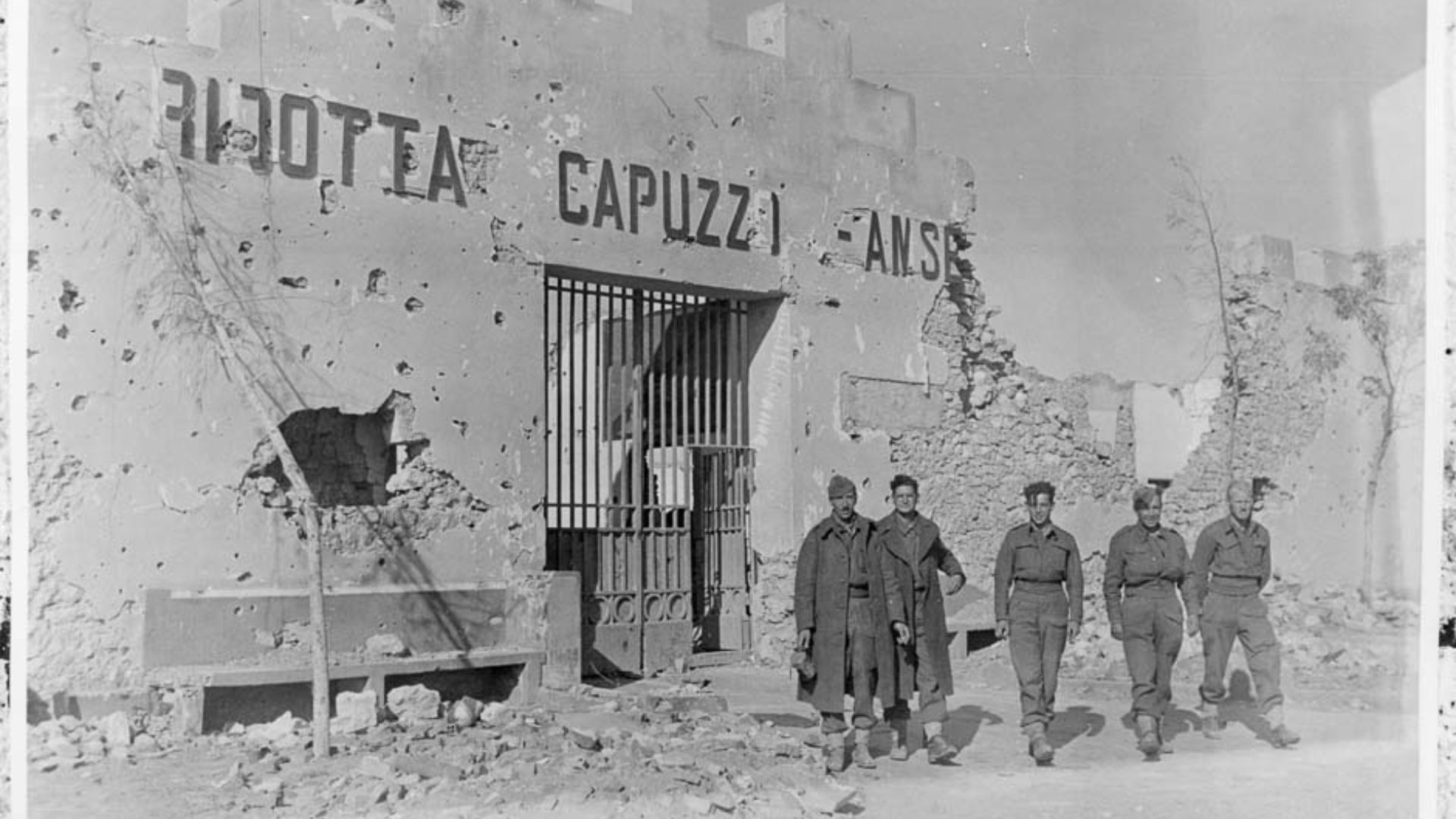
Fort Capuzzois a World War II-era military fortification located in the eastern part of Libya, near the border with Egypt. It was named after Italian General Rodolfo Graziani, who played a significant role in Italy's North African campaigns during World War II.
During World War II, Fort Capuzzo was part of the Italian colony of Libya and was strategically important in the North African campaign. It was situated along the border between Italian-controlled Libya and British-controlled Egypt. The fort changed hands multiple times during the early stages of the war.
In 1940, the Italians initially captured Fort Capuzzo and established a presence there. However, in 1941, British forces launched Operation Compass, a successful military campaign that pushed the Italians back and led to the capture of Fort Capuzzo.
Later in 1941, German and Italian forces, led by General Erwin Rommel (the Desert Fox), recaptured Fort Capuzzo and the surrounding area as part of their North African offensive. This marked the beginning of a seesaw battle for control of the region, with the fort changing hands several times between the Axis (Germany and Italy) and Allied (British Commonwealth) forces.
Ultimately, in 1942, the British Eighth Army, under General Bernard Montgomery, managed to recapture Fort Capuzzo and the surrounding territory for the final time. This victory was part of the larger campaign that culminated in the Battle of El Alamein, a significant turning point in the North African campaign, which pushed Axis forces out of Egypt and back into Libya.
Today, Fort Capuzzo is in a state of disrepair and largely abandoned. It serves as a historical reminder of the fierce battles fought in the North African desert during World War II.
Strategic Importance- Fort Capuzzo's strategic importance lay in its location along the border between Libya and Egypt. Control of the fort allowed the controlling forces to monitor and potentially cross the border, making it a key point in the North African theater of the war.
Sieges and Battles- The fort saw multiple sieges and battles during the North African campaign. It changed hands several times, with both Axis and Allied forces attempting to gain control of the fort and the surrounding area.
Supply Depot- Fort Capuzzo served as a supply depot for the Axis forces during their North African campaign. Its capture and recapture often meant gaining control of valuable supplies and equipment.
Desert Warfare- The battles in the North African desert were characterized by harsh environmental conditions, including extreme heat during the day and cold nights, as well as the challenges of desert terrain. These conditions made the fighting in this region particularly grueling for both sides.
Allied Victory- The final capture of Fort Capuzzo by the British Eighth Army was part of the broader Allied victory in the North African campaign. It marked a significant turning point in the conflict, as it helped push Axis forces out of Egypt and back into Libya, setting the stage for further Allied advances in North Africa.
Legacy- Fort Capuzzo, along with other battle sites in the region, has become a historical site and a reminder of the sacrifices and struggles of the soldiers who fought there. It serves as a testament to the importance of control over key positions in military campaigns.
Overall, Fort Capuzzo's history is intertwined with the larger narrative of the North African campaign during World War II, where control of such strategic points played a pivotal role in the outcome of the conflict.